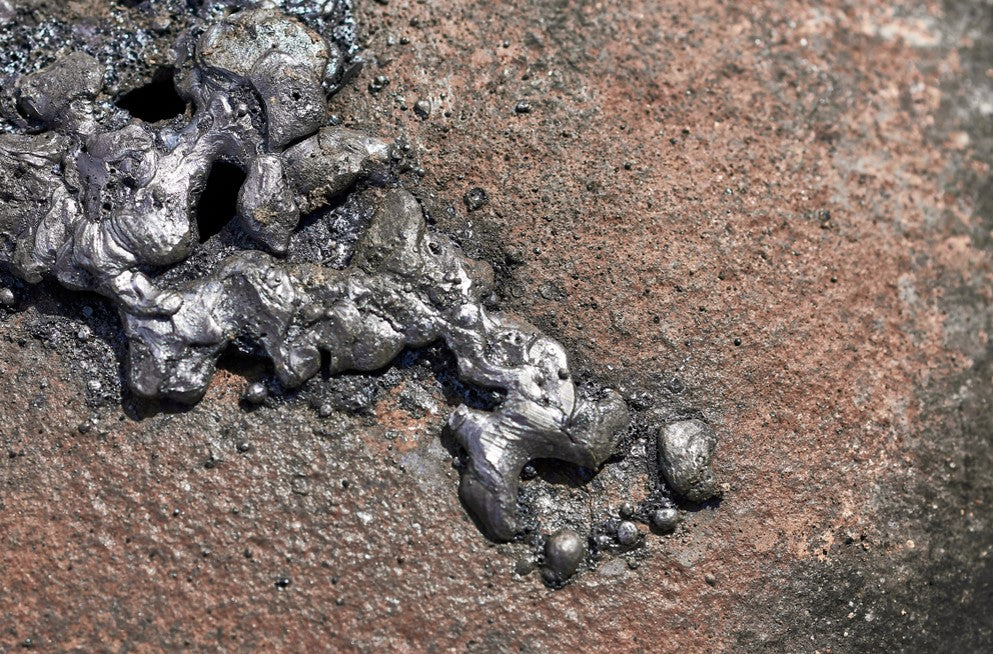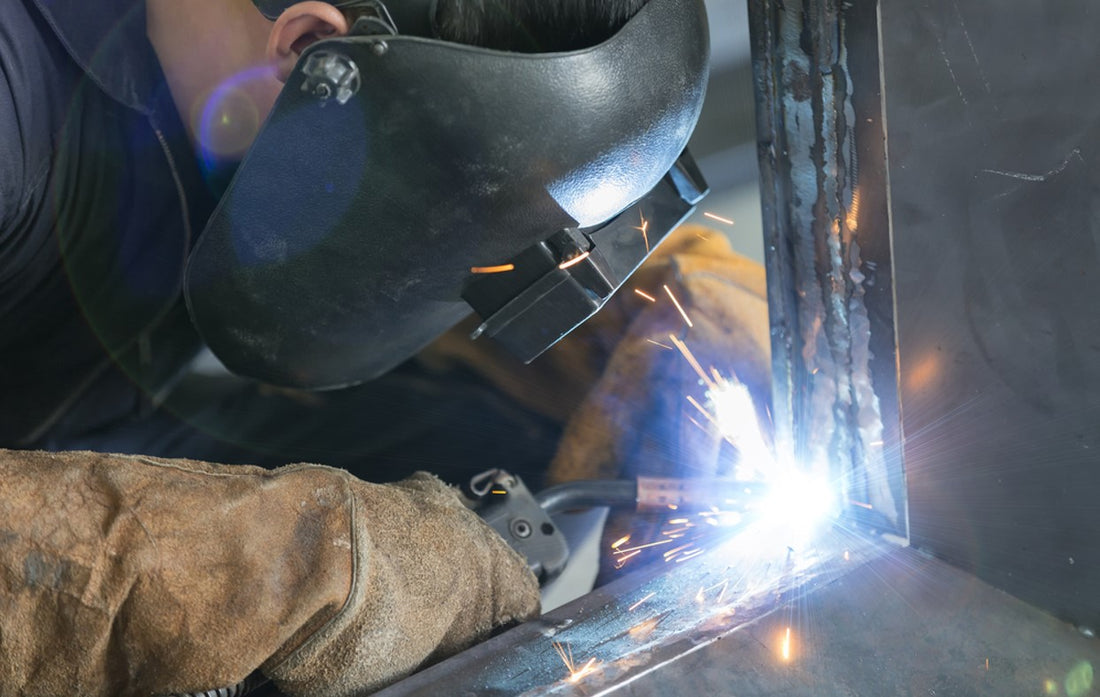Anyone who works with stainless steel, already knows how important it is to use the correct MIG wire when welding. Luckily, this durable metal is used in various applications and can be successfully welded with various processes. But what about using a normal MIG wire?
Yes, you can weld stainless steel with normal, mild steel MIG wire. However, you must ensure all your settings are accurate and set up for this specific task.
A MIG weld is ideal for stainless steel for many reasons. In this article, we cover those reasons, how you can weld this metal with normal MIG wire, and so much more.
Is MIG Welding a Good Option for Stainless Steel?
MIG welding utilizes shielding gasses that assist in creating a stronger weld through greater arcs. Because stainless steel’s heat conductivity is low, a shielding gas is a great way to easily get the job done.
This form of welding will also help reduce the chances of heat-related distortion when working with stainless steel. This material will flex under high heat, making solid wire electrodes a great way to create strong joints without damaging the sheet metal.
Using Normal MIG Wire When Welding Stainless Steel

Normal MIG wire is the common option when welding steel. Although it isn’t the first choice for stainless steel, you can still do it under the right circumstances.
When welding any type of metal, you typically want to use a wire made from the same kind of metal you are working on. This will ensure you get a clean, strong joint.
What Is the Difference Between Stainless Steel and Mild Steel Welding Wire?
There are many differences between stainless steel and mild steel, most of them being their primary alloy elements.
Stainless steel is composed of more chromium and less carbon. It has higher tensile strength, impact resistance, and corrosion resistance than mild wire. However, these differences are manageable, which makes their composition similar enough when welding.
Mild welding wire is the most common MIG welding wire used today in most applications.
Problems With Using Mild Welding Wire Instead of Stainless Steel

Normal MIG wire will not give you perfect results when welding stainless steel. It is a go-to option when you don’t know which option to choose or if it is the only wire lying around.
However, using a soft steel MIG wire will set your application up for forming rust later on down the road.
Welding stainless steel is complicated since it is sensitive to high temperatures and will quickly warp. MIG welding is already a hot process, so using mild metal wire can create an even larger issue.
The Best Type of MIG Welding Wire for Stainless Steel
It is obvious by now that the best type of MIG welding wire for stainless steel is stainless steel.
ER308L wires are among the most common selections and are safe for welding stainless steel materials. It is also a versatile wire, an easy choice if you aren’t entirely sure what type of metal you are working with.
The best types of stainless wires are low-carbon ones measuring about 0.30 inches. These produce a smoother, softer arc formation.
Flux Core Wires for Stainless Steel Welding
Another common question is what type of flux core wire is safe for welding stainless steel. The answer is honestly none. Flux core welding can easily create defective welds that result in weak-appearing, dull welds.
The poor appearance results from the slag left over from the flux core. This slag protects the weld until it has cured. Once the weld has had time to cool and create a strong joint, the slag must be chipped away.
This process is not a great way to produce a clean weld, but it will work fine for projects that aren’t overly important.
Ways to Improve the Results
If all you have is normal MIG welding wire, you can use it on stainless steel projects. To get the best results, you can ensure the rest of your setup is spot on.
Get the Right Shielding Gas
There are two types of shielding gas that will offer a good turnout while MIG welding stainless steel.
Argon/CO2 mix and pure argon are the best types of gasses to use. These gasses require a 14-16 liters per minute flow rate, slightly higher than normal. During this process, you can also use a mix of helium, carbon dioxide, and argon.
Move Slowly and With Precision
The welding process can be drawn-out, and you can rush just to get the job done. However, moving too fast or without good formation can lead to a defective weld that will not hold up, even if you use stainless steel wire.
On the other hand, moving too slowly will give the metal time to absorb heat. This heat will cause the steel to bend and warp, possibly leading to cracks and breaks.
You must find the perfect place to weld stainless steel with normal MIG welding wire.
Set Your Welder and Gas Flow to the Proper Settings
Set your welder settings correctly for the best results. The settings will differ depending on the size and thickness of the material. It is best to do a trial run on scrap stainless steel, adjusting the settings as needed.
Prepare the Area
Another significant factor in obtaining a decent weld on stainless steel is the condition of the metal before you begin working. If you attempt to create a weld over rust, paint, grease, etc., you will have a poor-quality joint.
Utilize Pulse Settings When Available
The pulse setting on a MIG welder controls the temperature of the weld pool. You can reduce the metal from overheating when using mild steel wire with the pulse setting, thus obtaining a smoother weld.
Final Thoughts
Although it isn’t the best option, you can weld stainless steel with normal MIG wire. Just know the result won’t be nearly as clean and smooth as with stainless steel wire.

